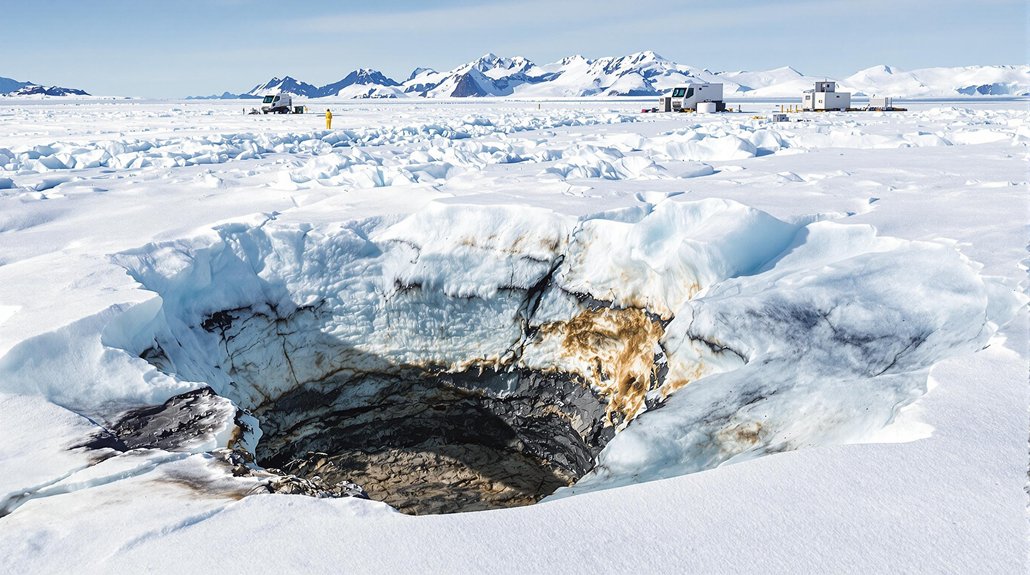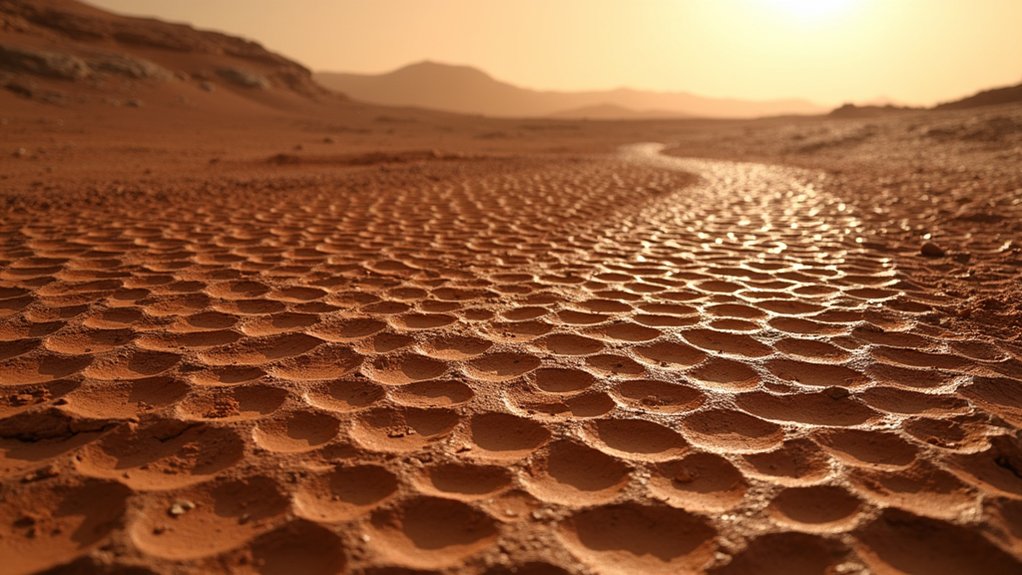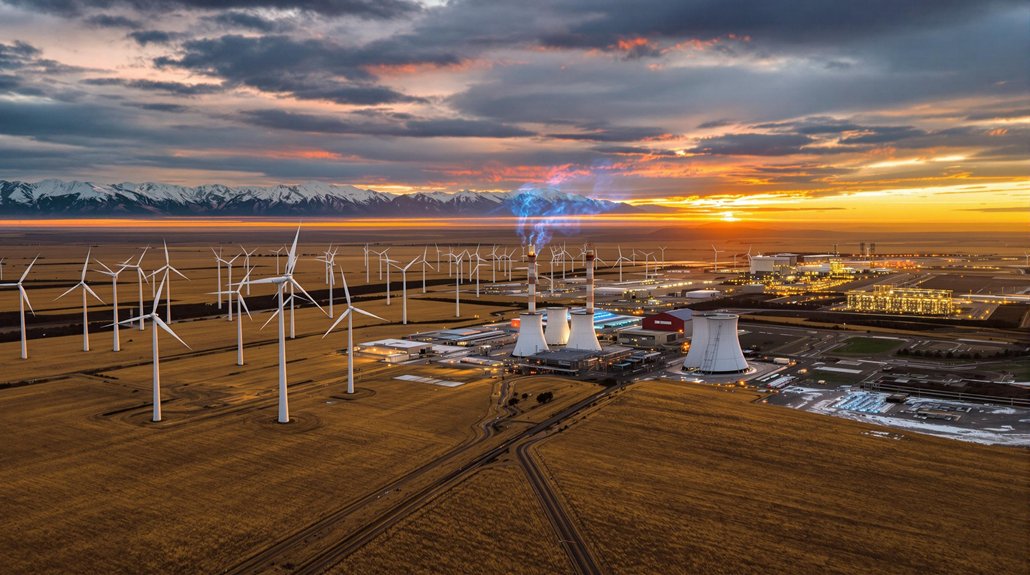A body frozen for 66 years just emerged from Antarctic ice, and yeah, that’s exactly as unsettling as it sounds. The remains belonged to a British scientist who vanished during a research expedition back when Elvis was still in high school. A retreating glacier finally coughed up what it had been hiding, thanks to Antarctica’s increasingly dramatic melt patterns.
The discovery happened during this year’s particularly intense melt season. We’re talking record-high melt extents through January, with some ice shelves seeing 10 to 30 more melt days than normal. The Larsen C and Amery shelves got hit especially hard. This isn’t some random warm spell either – Antarctica’s been hemorrhaging about 136 billion tons of ice annually since 2002. That’s billion with a B.
Antarctica’s been hemorrhaging about 136 billion tons of ice annually since 2002. That’s billion with a B.
Here’s the thing about glaciers: they’re basically nature’s freezers, but they’re also conveyor belts. As they thin and retreat, stuff that got swallowed decades ago eventually surfaces. The ice flow acceleration, the crevasse widening, the whole mechanical process – it all works to spit out whatever’s been entombed. In this case, a scientist from 1959.
Forensic teams matched the body using archival expedition records and the usual cold-case toolkit. The extreme cold preserved tissue, clothing, and equipment well enough for DNA comparison and dental record matching. They even analyzed the gear to confirm it matched mid-20th-century expedition supplies. Pretty remarkable what survives in nature’s deep freeze.
The recovery itself was a logistical nightmare. Teams had to work within Antarctica’s tiny summer window while following environmental protection protocols. Every move required permits under the Madrid Protocol. Crevasse rescue capabilities, helicopter access, waste management – all of it had to be perfect. No room for error when you’re operating at the bottom of the world. Interestingly, this year saw unusual heavy snowfall adding nearly 200 billion tons above average, potentially offsetting some ice sheet losses.
West Antarctica alone drops 82 billion tons of ice yearly now. Thwaites glacier has doubled its loss rate. Sea ice hit its seventh-lowest minimum this year at 1.87 million square kilometers. The ice volume plummeted to just 1,030 cubic kilometers on March 5, marking a staggering 56% drop from the long-term average. The numbers tell a clear story: Antarctica’s changing fast, and it’s giving up its secrets. Sometimes those secrets are 66-year-old bodies perfectly preserved in ice.
References
- https://marine.copernicus.eu/news/antarctic-sea-ice-reaches-near-record-low-2025
- https://nsidc.org/ice-sheets-today/analyses/antarctic-ice-sheet-2024-2025-melt-season-fast-start-early-end
- https://www.climate.gov/news-features/understanding-climate/climate-change-mountain-glaciers
- https://www.sciencefocus.com/planet-earth/doomsday-glacier-melting-thwaites-antarctica
- https://climate.nasa.gov/vital-signs/ice-sheets/









